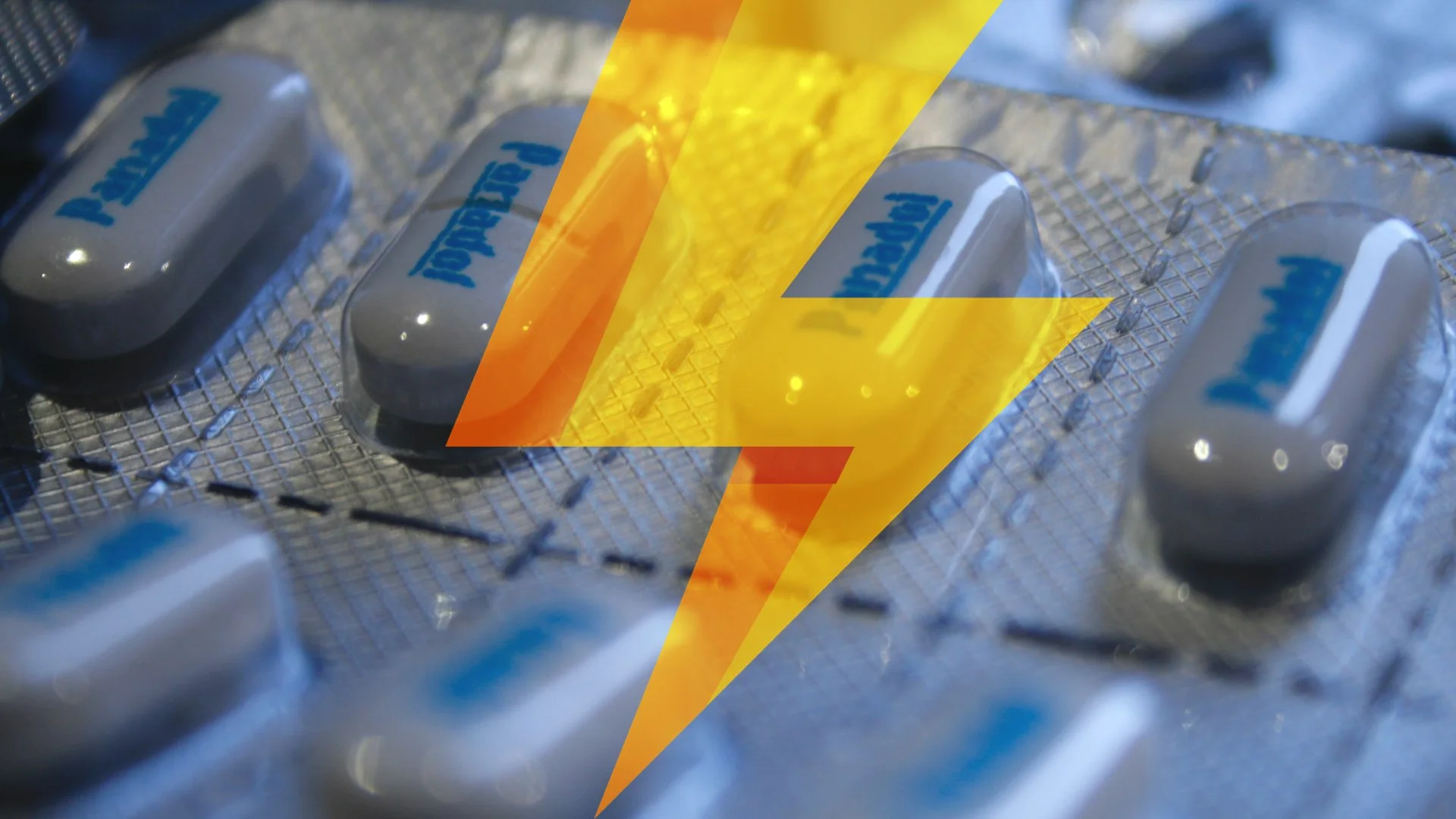Lightning Learning: Spontaneous Pneumothorax
“Here’s a quick guide for identifying the signs of primary and secondary spontaneous pneumothorax.”
What?
Primary spontaneous pneumothorax: no apparent underlying lung disease.
Secondary spontaneous pneumothorax: age >50, heavy smoking history, evidence of underlying lung disease.
Size of pneumothorax is measured as the interpleural distance at the level of the hilum. Patients should be advised not to fly for 4 weeks after treatment and never to dive.
Why?
Treatment of primary spontaneous pneumothorax:
Size >2cm and/or breathless, aspirate.reduction in size or breathing improved, consider discharge.
If no reduction in size or still symptomatic, insert chest drain.
If <2cm consider discharge.
If discharging the patient, follow up in outpatients for 2-4 weeks.
Treatment of secondary spontaneous pneumothorax:
If >2cm or breathless, insert chest drain.
If 1-2cm, aspirate. Reduction to <1cm, admit for observation. If no reduction in size, insert chest drain.
If <1cm then no intervention required, admit for observation.
Further Reading
- British Thoracic Society: Management of Spontaneous Pneumothorax (flowchart)
- British Thoracic Society: Management of Spontaneous Pneumothorax (paper)
- Life in the Fast Lane: EBM Spontaneous Pneumothorax






